News
-
 Animals
AnimalsThe mystery of vanishing honeybees is still not definitively solved
The case has never been fully closed for colony collapse disorder, and now bees face bigger problems.
By Susan Milius -
 Health & Medicine
Health & MedicineEvidence grows that normal childbirth takes longer than we thought
Another study finds that labor lasts longer than is traditionally taught — an insight that could mean fewer unnecessary cesarean deliveries.
-
 Anthropology
AnthropologyDNA solves the mystery of how these mummies were related
Two ancient Egyptian mummies known as the Two Brothers had the same mother, but different dads.
By Bruce Bower -
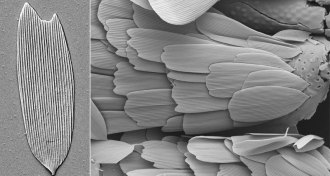 Paleontology
PaleontologyTiny scales in ancient lagoon may be the first fossil evidence of the moth-butterfly line
Fancy liquid-sipper mouthparts might have evolved before the great burst of flower evolution
By Susan Milius -
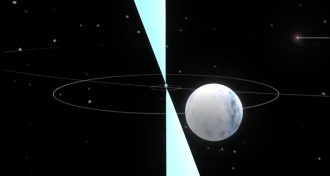 Astronomy
AstronomyTrio of dead stars upholds a key part of Einstein’s theory of gravity
A cosmic test fails to topple the strong equivalence principle.
-
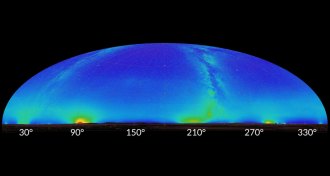 Astronomy
AstronomyPollution is endangering the future of astronomy
Astronomers discuss multiple threats from pollution that will make it harder to observe the night sky.
By Dan Garisto -
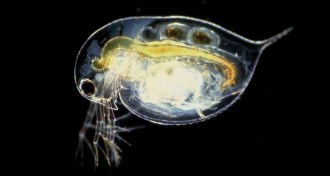 Climate
ClimateRising CO2 in lakes could keep water fleas from raising their spiky defenses
Rising CO2 in freshwaters may change how predators and prey interact in lakes.
-
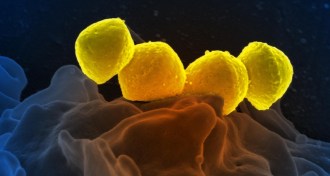 Health & Medicine
Health & MedicineNot all strep infections are alike and it may have nothing to do with you
Add-on genes in some bacteria shape the way strains interact with the immune system.
-
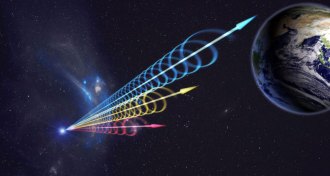 Astronomy
AstronomyFast radio bursts may be from a neutron star orbiting a black hole
A repeating fast radio burst has twisted waves, suggesting its home has an unusually strong magnetic field.
-
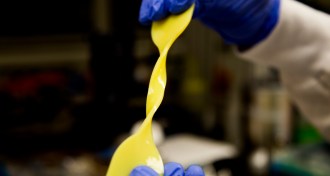 Materials Science
Materials ScienceThis artificial cartilage gets its strength from the stuff in bulletproof vests
One of the key ingredients in this artificial cartilage is a nanoversion of the synthetic fiber in body armor.
-
 Particle Physics
Particle PhysicsMagnets with a single pole are still giving physicists the slip
Using data from particle accelerators and dead stars, scientists eliminate some possible masses for magnetic monopoles.
-
 Microbes
MicrobesNew pill tracks gases through your gut
Swallowing these pill-sized sensors could give new insight into what’s going on in your gut.